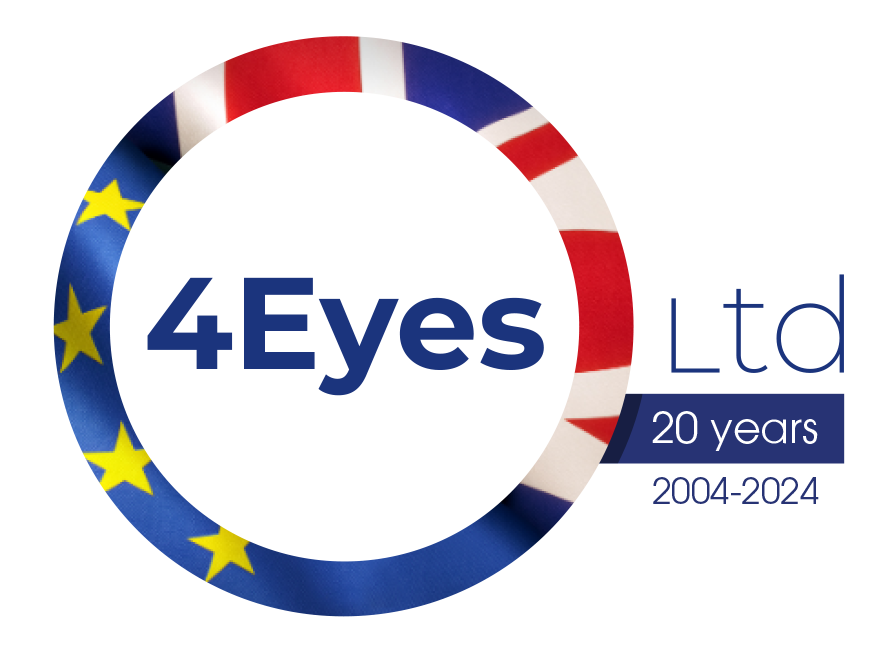Understanding E-Invoicing (Copy)
Benefits, Challenges, and the Future for UK Businesses and Government
The way organisations issue, receive, and process invoices is evolving rapidly. Around the world, governments and businesses are embracing e-invoicing as a key step toward digital transformation and improved financial compliance. But what does e-invoicing really mean for UK businesses today — and what changes lie ahead?
What Is E-Invoicing?
E-invoicing is the digital exchange of invoices in a standardised, structured format that allows automatic reading and processing by accounting systems. Unlike PDFs or emailed invoices, true e-invoices are machine-readable and designed for seamless data transfer between suppliers and buyers.
This automation removes the need for manual data entry, reducing errors and improving financial efficiency.
Key Benefits of E-Invoicing
Businesses adopting e-invoicing can expect a range of benefits, including:
Faster processing and payment cycles
Automated workflows reduce bottlenecks and support improved cash flow.Reduced administrative burden and costs
Less manual handling, fewer mistakes, and lower printing, postage, and storage costs.Improved accuracy
Structured data formats sharply reduce input errors and invoice disputes.Enhanced transparency and audit trails
Electronic records support better compliance and auditing.
Challenges to Implementation
Despite its advantages, moving to e-invoicing can present challenges, especially for smaller organisations:
Initial implementation costs
Software, integration, and process changes require upfront investment.System compatibility and integration
Businesses must ensure their accounting systems can connect and communicate securely.Staff training and change management
Teams need to adapt to new systems and workflows.
Many businesses find that long-term efficiency gains outweigh these hurdles, but planning and internal buy-in are essential.
The Current Position in the UK
In the UK, e-invoicing is currently:
✅ Mandatory for suppliers invoicing public sector bodies
✅ Voluntary for most private sector businesses
While UK adoption lags behind some global economies, change is on the horizon.
Global Context: Rapid Expansion of Mandates
Worldwide, e-invoicing is not just a best-practice tool — in many jurisdictions, it is a legal requirement. More than 80 countries have implemented or announced e-invoicing mandates, particularly across the EU, Asia, and Latin America.
The EU will introduce an EU-wide e-invoicing requirement from July 2030, accelerating adoption across member states.
What’s Next for the UK?
The UK government is currently consulting on:
Whether to introduce mandatory e-invoicing
How to encourage broader adoption
Whether to introduce real-time transaction reporting to HMRC — similar to systems already in place in Italy, Spain, and Poland
A phased approach is likely, giving businesses time to adapt.
Preparing for an E-Invoicing Future
Whether mandatory or optional, e-invoicing is clearly becoming the global standard. UK organisations can prepare by:
Reviewing accounting systems and vendor capabilities
Training finance and procurement teams on digital controls
Assessing process changes and opportunities for automation
Monitoring government updates and timelines
Final Thoughts
E-invoicing is more than a compliance requirement — it is a strategic tool that modernises finance operations, improves efficiency, and enhances transparency.
With global momentum building and the UK exploring its own mandate, forward-thinking businesses should start preparing now to stay competitive and compliant.
